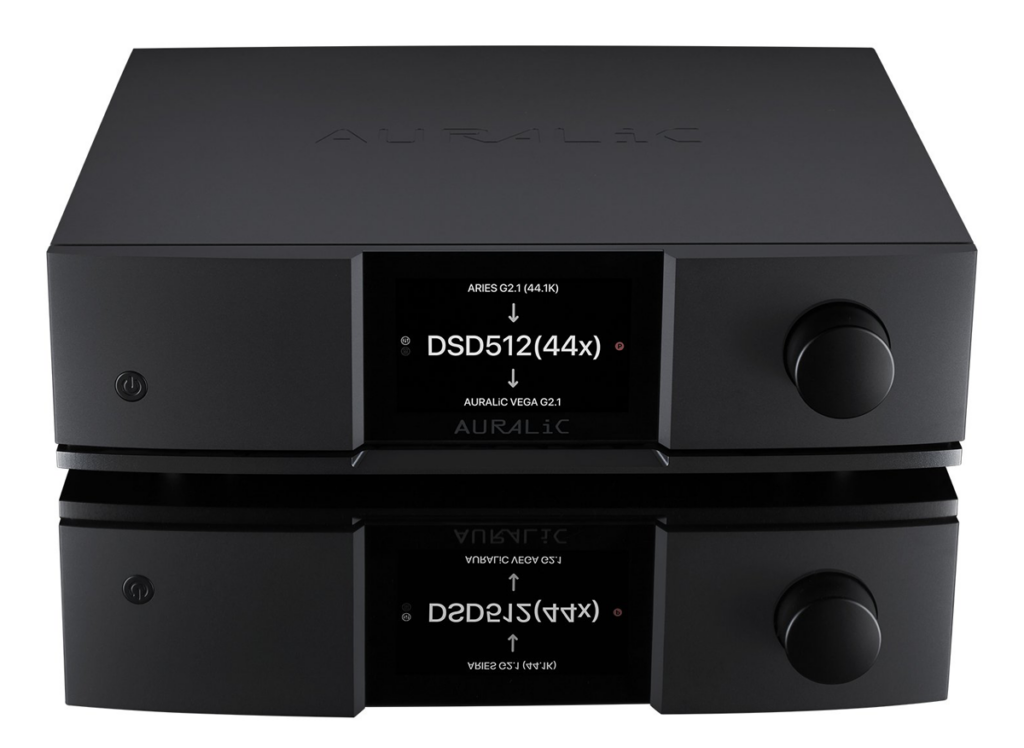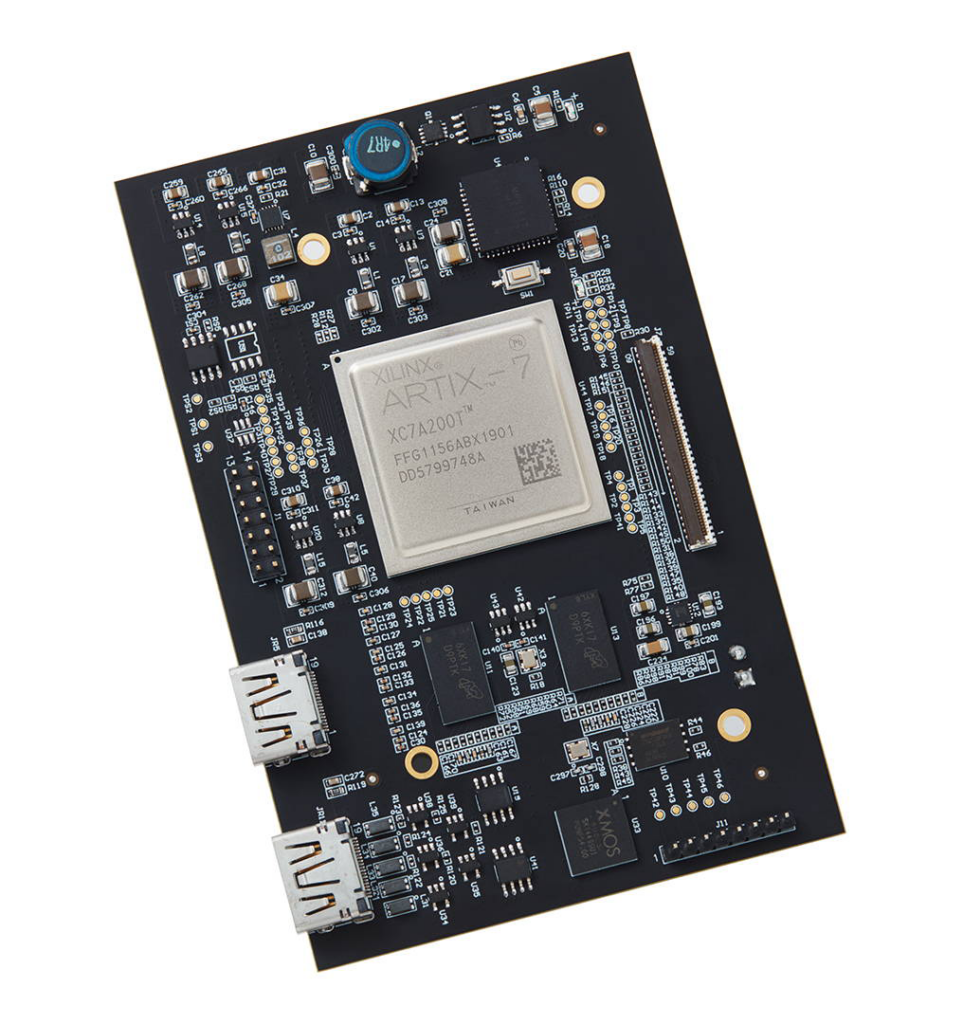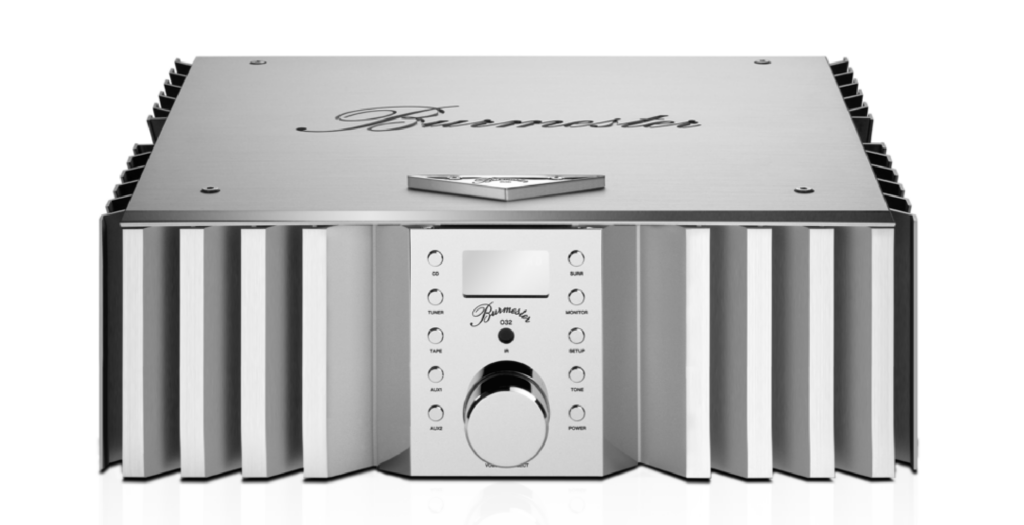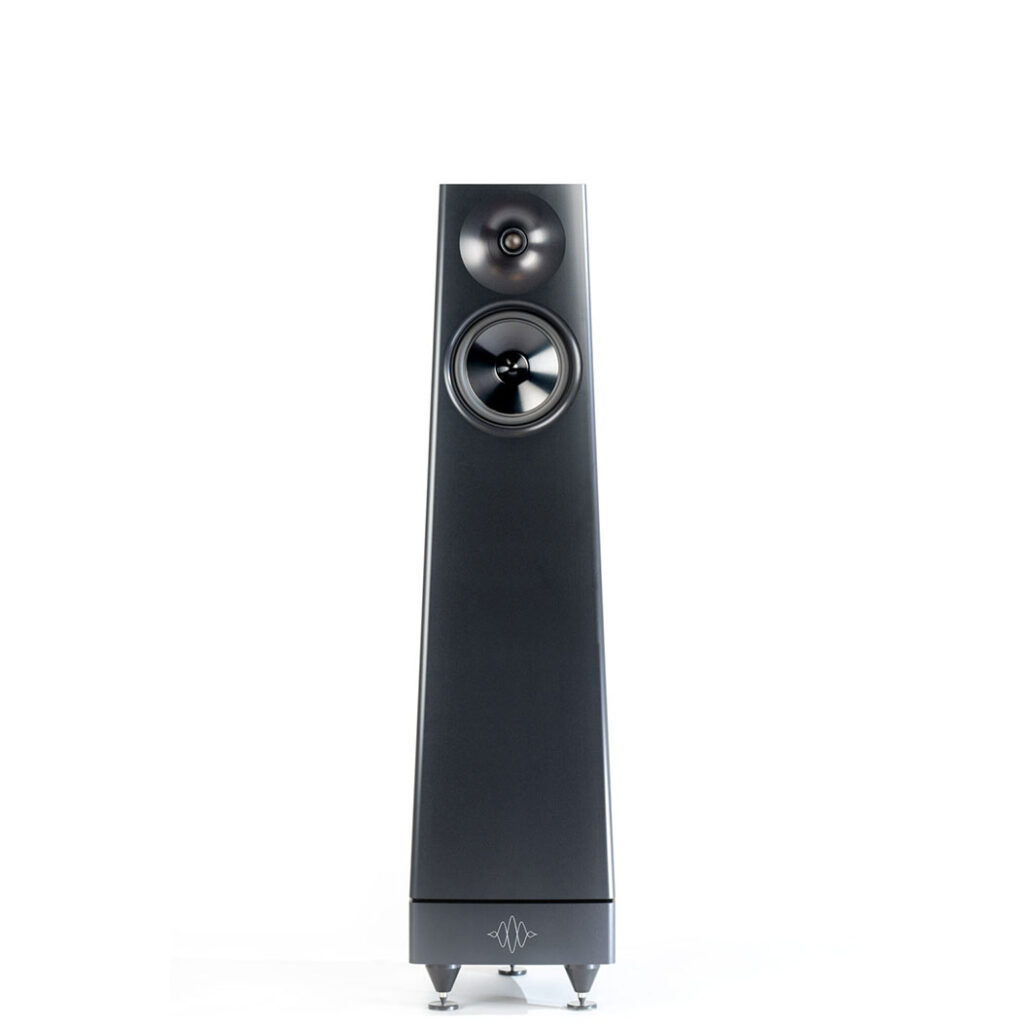Audio upsampling review
Kulaklık Modelleri ve fiyatları, en iyi kablosuz kulaklık, en iyi kulaklık
21/11/2023 17:29
Audio upsampling review with AURALiC Sirius G2.1

Audio upsampling features on many digital source components, and we’re often asked if we feel it’s of value or not. We’ve found the results can vary from product to product with lower cost components sometimes sounding worse with upsampling enabled, confirming that it’s definitely not a simple process.
As we’ve said before, we quickly grew to love AURALiC’s streamers and streaming DACs for their exemplary sound, comprehensive feature list and top-notch build quality, and we have been astonished by the performance provided by their proprietary Lightning Link data cables in preference to standard SPDIF and USB connections (please see our earlier AURALiC review of digital transports here).
Since putting together the previous review we’ve now had a chance to properly test the AURALiC Sirius G2.1 up-sampler, so we thought it’d be a good opportunity to thoroughly investigate the effect a good upsampler has on sound quality. As with other up-samplers, the Sirius converts linear PCM data, of whatever bit depth or sampling frequency, up to DSD 512. Otherwise known as Direct Stream Digital, DSD 64 is the one-bit data stream technology originally used for Super Audio CD (so-called because it is at 64 times CD’s 44.1kHz data rate), and DSD 512 is 512 times ‘faster’ than CD, or 8 times faster than standard DSD, and is about as fast as it gets for DSD these days. Of course, up-sampling cannot put lost information back into lower-sample-rate recordings, and the greatly extended ultrasonic data added by this process cannot improve on the true bandwidth or bit depth captured at the time of recording.

So why bother with such high rates – either for data files, or up sampling? Is it simply a numbers game for those who think more is better? After all no one can hear above 20kHz (mostly not above 16 or even 12kHz). The benefit of up-sampling, which many modern DACS do internally, is that it pushes any noise and distortion caused by quantising to higher frequencies, further from the audible range, thus requiring less aggressive filtering than classic ‘brick wall’ filtering.
Sceptics might say why push up-sampling to even higher frequencies, as it surely cannot make any sonic improvement, but we would rather listen and make up our own minds on this.
The opportunity for this came when we received our AURALiC Sirius G2.1 up-sampler, and a customer was due for a listening session of this combined with the Aries G2.1 wireless streaming transporter and Vega G2.1 streaming DAC. We added the up-sampler and coupled the AURALiCs with the remarkable Burmester 032 integrated amplifier, this time choosing a fresh pair of YG Acoustics’ Talus 2-way floor standing loudspeakers, from their recently released Peaks series.
We started by listening to ‘Nightshift’ from Bruce Springsteen’s Covers album via Qobuz, while up-sampling to DSD512 (using Lightning Link connections of course). This superbly produced and mastered track was reproduced very well by this system, revealing Bruce’s clear and well projected voice. Bass was deep, firm and well defined, with clear but not accentuated cymbals, tambourines and shakers, etc. All-in-all, a very nice sound.
We weren’t sure what to expect by taking the Sirius out of the system and going directly from the streamer to the DAC via Lightning Link, however, the differences were immediately very clear. On a superficial level, it was obvious that there was less ‘depth’ and overall clarity – it was as though the sound stage was flatter and more typically ‘digital’ in presentation.

Further listening with the up-sampler repeatedly in and out of the system playing ‘Nightshift’ and ‘The sun ain’t gonna shine anymore’ further clarified our observations.
Now, we realised that the shaker and tambourine (both very quiet in the mix) sounded very similar without up-sampling, but they were distinctly different with the Sirius added, and more like real instruments. Likewise, the woodblocks, tom-toms, etc. simply seemed more believable, accessible and ‘real’.
Don’t get us wrong. We very much enjoyed the sound without the up-sampler – up there with the very best – but the addition of the Sirius opened our ears more fully to what was actually in the recording, and on a different level. Around this time, our customer arrived and straight away heard the same improvements – so it was not our imagination!
We stayed with him a while to listen to his choices – also via Qobuz. Playing tracks from Eric Clapton’s The Lady in the Balcony, it became clear that the differences were about more than just sound quality. Eric’s performance became more fluid, more obviously in an acoustic space. Also, his guitar and vocals became more relaxed, and his easy, laconic style in this recording became more fluid, believable and enjoyable.
The customer’s next choice was something of an emotional roller-coaster. This was cellist Yo-Yo Ma and John William’s ’Krakow Ghetto Winter 41’ and ‘Remembrances’ on A Gathering of Friends (from the film Schindler’s List: New York Philharmonic Orchestra, Pablo Sainz – Villegas and Jessica Zhou). The superficial improvements to overall sound quality via up-sampling were accompanied by a greater emotional connection to the performance, by which we mean that Yo-Yo’s acutely sensitive playing was so much easier to hear.

The music was indeed powerful, but it was even more so when up-sampled. This was when we realised the full value of the Sirius: on first listen it’s about a sound quality improvement: for example, the harp in Remembrances seemed so much more ‘alive’ and vibrant as a real full-bodied string instrument should. Then, as our insight deepened, we realised it really was more fundamental than that, it felt as though we were getting closer to the performance.
Combining our initial thoughts with the feedback we received after the audition our interest in the Sirius had been seriously piqued, so after our customer left, we carried out more tests of our own. We began with the title track from Gregory Porter’s Take me to the Alley, and with the Sirius in place it was easier to tell when the cymbals were played with vigour or more delicately, and his rich velvety vocals felt more intimate. Additionally, the upright bass and drum playing was more subtly revealed without edge, but these qualities collapsed to a smaller-scale version with the Sirius removed. It sounds improbable until you hear it!
‘Telegraph Road’, and ‘Private Investigations’ from Dire Straits’ Love Over Gold followed, and we’d rarely heard this sound this good, with or without up sampling. Let’s face it, this is not the cleanest of recordings, but the AURALiC Aries and Vega made a jolly good fist of it, even without up sampling – it’s just better with it.

‘Telegraph Road’ wasn’t the last recording we played through this system as we did a lot more listening simply because we enjoyed it so much, but we will spare you from all our notes! The last piece we’ll feature here is Rimsky Korsakov’s ‘Dance of the Tumblers’ (Ejji Oue conducting Minnesota Orchestra). This is one of ‘Professor’ Johnson’s highly acclaimed audiophile recordings in the Reference Recordings catalogue, which delivers astonishing dynamics and clarity in a system that can deliver it – and boy does this system do that!
The basic 44.1kHz flac file was lifted to DSD512 very effectively. From the delicate triangles and flute to the explosive tympany, everything hung together beautifully in a wonderfully controlled way. It was exciting, realistic, and quite simply magnificent! Bypassing the Sirius the sound became boxed in, harsher and more congested, making the improvement with this piece even more spectacular.
Just to be clear: without the Sirius the AURALiC Aries & Vega G2.1 combination made a great sound (especially with their remarkable Lightning Link!) but there was simply more atmosphere, realism, clarity and definition (without edginess) with the Sirius added, along with a noticeable reduction in grit, grain and digital hash. It is as though the reproduction became more analogue sounding – even if the original recording was bog-standard CD quality. Something we really do want to emphasise is that the improvements the Sirius provides could well be lost within a lesser system, as the equipment that follows the source needs to be sufficiently resolving to allow the more subtle (but still worthwhile) improvements the Sirius offers to be shown. Given this we must acknowledge the role played by the remarkable YG Acoustics Talus loudspeakers which are truly outstanding, and they work so well with the Burmester 032 amplifier. At the time of writing we hadn’t had the Talus we were using very long so they weren’t fully run-in, but the astonishing transparency and almost holographic stereo combined with deep, solid, well-defined bass, naturally open mid-band and clear, delicate and finely resolved high frequencies produced in our medium demonstration room are a testament to their design.
Something we really do want to emphasise is that the improvements the Sirius provides could well be lost within a lesser system, as the equipment that follows the source needs to be sufficiently resolving to allow the more subtle (but still worthwhile) improvements the Sirius offers to be shown. Given this we must acknowledge the role played by the remarkable YG Acoustics Talus loudspeakers which are truly outstanding, and they work so well with the Burmester 032 amplifier. At the time of writing we hadn’t had the Talus we were using very long so they weren’t fully run-in, but the astonishing transparency and almost holographic stereo combined with deep, solid, well-defined bass, naturally open mid-band and clear, delicate and finely resolved high frequencies produced in our medium demonstration room are a testament to their design.
These speakers really must be heard to be believed – and everyone who has listened to them so far in our demonstration rooms has been quite simply bowled over by their non-box-like clarity and fine definition. Yet, they are not harsh, bright, or forward in any way – providing an ideal blend of detail and musicality.
We’ve been recommending Burmester electronics for a long time now, but we certainly have not become blasé about the brand. In fact, our appreciation of the naturalness and clarity that characterises their products has only deepened. We were delighted and not at all surprised to hear how effortlessly and beautifully the 032 drove the Talus speakers, clearly revealing the benefits of the AURALiC Sirius G2.1 up-sampler.
Finally, we must conclude that, contrary to what some might assume, the Sirius G2.1 up-sampler really does improve the sound of regular digital – even the most basic CD-derived flac files. But don’t just believe us come and listen for yourself at Criterion!
![]()
The post Audio upsampling review appeared first on Criterion Audio.
Kulaklık Modelleri ve fiyatları, en iyi kablosuz kulaklık, en iyi kulaklık
hfxsystems.co.za
kjwestone.co.uk
criterionaudio.com
Can upsampling an audio file make a worthwhile difference or is it hogwash? Using an AURALiC Sirius G2.1, we attempted to find out….
The post Audio upsampling review appeared first on Criterion Audio.